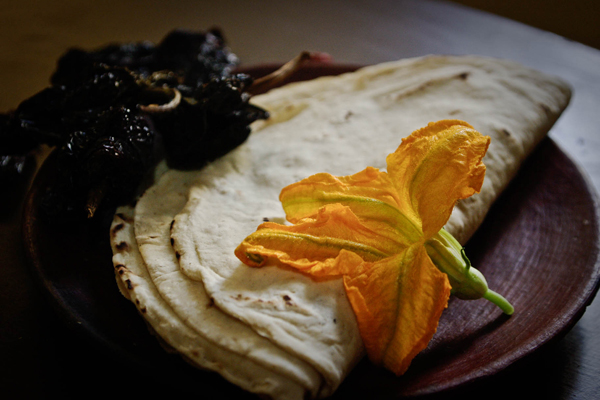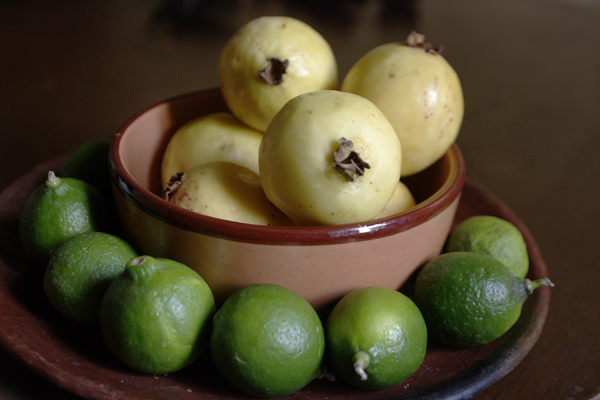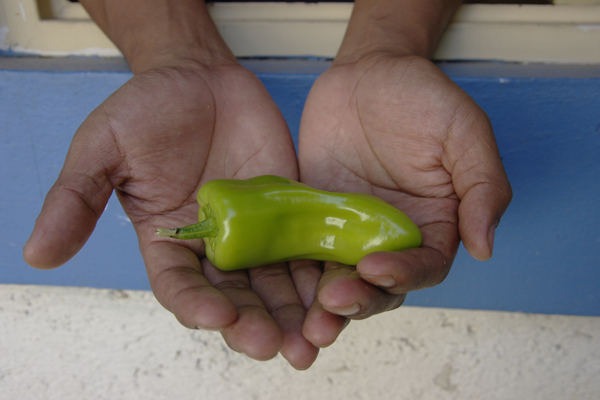 All photos by Jorge Santiago
All photos by Jorge SantiagoTHE CHILE PASILLA IS MY FAVORITE, a deep, dark purple the color of intense grief or memory. It is wrinkled and weathered, a mirror of the aged face of the woman who hands me my change and my chile and says, per Oaxacan custom, “Que te vaya bien,”



